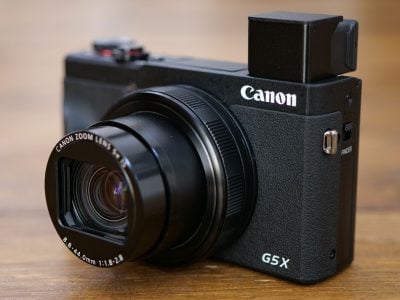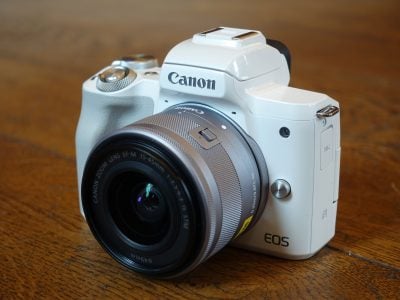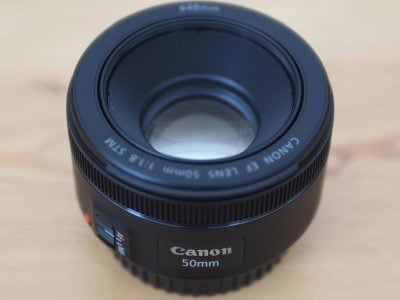Panasonic Lumix DMC-FZ50
-
-
Written by Gordon Laing
Panasonic Lumix DMC FZ50 noise level comparison
Panasonic Lumix DMC-FZ50 results continued…
Outdoor / Resolution / Noise / Noise 2 / Corner sharpness / Fringe & macro / Geometry / Vignetting
| Support this site by shopping via these links |
| Support this site by shopping via these links | ||||
 | To measure and compare the Panasonic Lumix FZ50’s noise levels we photographed the standard Gretag Macbeth ColorChecker with it and the earlier FZ30 at each of their ISO settings. We also repeated the FZ50 tests using its High and Low noise reduction settings. The crops are taken from the original images and presented here at 100%. To compare typical noise in skies and dark shadows the crops were taken from patches 3 and 24 respectively. |
Up to 400 ISO, the FZ50’s crops below look quite clean with noise only making a significant appearance at 800 ISO and above. As you’d expect, noise levels are also higher on the examples with the Low Noise Reduction setting. The FZ50 also delivers cleaner results from 100 to 400 ISO than its predecessor. Viewed in isolation, this would be an impressive result for the Lumix FZ50, but it’s easy for overly-aggressive noise reduction systems to be hidden in flat colours such as those on the Gretag chart here. As such, it’s crucial to also compare real-life outdoor results taken at different ISO settings. We’ve provided these on the following page, where you’ll see the FZ50 is best used only at its lowest sensitivities. The High Sensitivity 3200 ISO mode in particular should only be used in situations where you have no other choice, as it results in considerable loss of detail from noise reduction and reduced resolution as seen in particular on the following page. Note: we have compared 100% crops from both cameras here measuring 136×136 pixels. In reality the FZ50’s crops represent a slightly smaller area of the image than the FZ30’s due to its higher resolution, so if images from both were reproduced the same size, the FZ50’s artefacts would appear slightly smaller and less noticeable as a result. |
Panasonic DMC-FZ50 (standard NR) |
Panasonic DMC-FZ50 (low NR) |
Panasonic DMC-FZ50 (high NR) |
Panasonic DMC-FZ30 | |||
 | 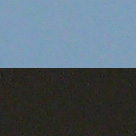 | 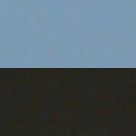 |  | |||
100 ISO |
100 ISO |
100 ISO |
100 ISO | |||
 |  |  | 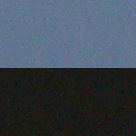 | |||
200 ISO |
200 ISO |
200 ISO |
200 ISO | |||
 |  |  | 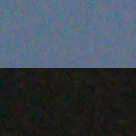 | |||
400 ISO |
400 ISO |
400 ISO |
400 ISO | |||
 |  |  |  | |||
800 ISO, |
800 ISO |
800 ISO |
800 ISO not available | |||
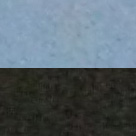 | 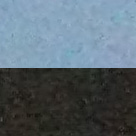 |  |  | |||
1600 ISO |
1600 ISO |
1600 ISO |
1600 ISO not available | |||
 |  |  |  | |||
3200 ISO (High Sensitivity mode) |
3200 ISO unavailable outside HS mode |
3200 ISO unavailable outside HS mode |
3200 ISO not available |
